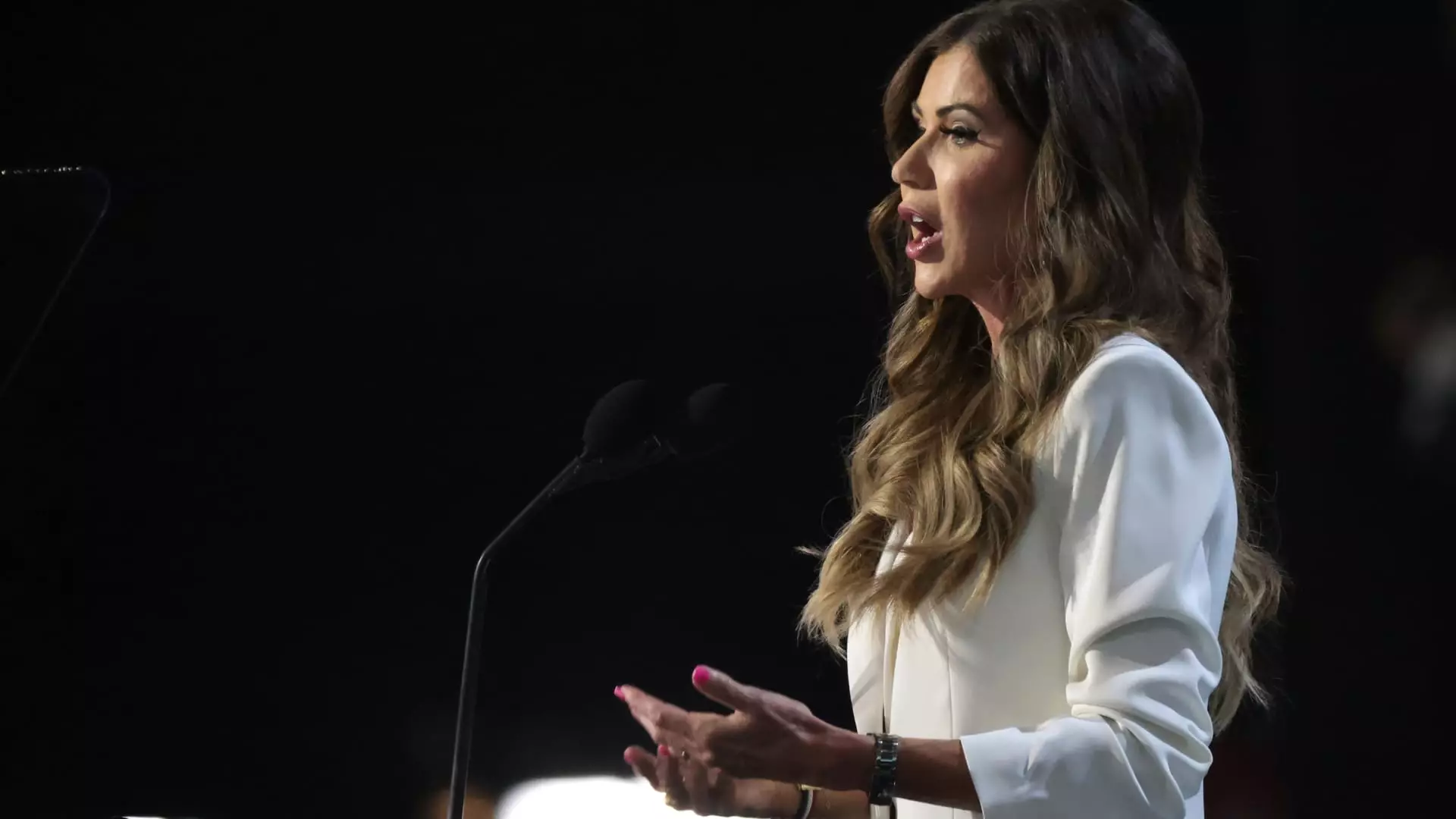In recent months, the landscape of energy efficiency initiatives across the United States has seen significant shifts, as various states enact consumer rebate programs designed to enhance home energy efficiency. New York blazed the trail in May by introducing a rebate program that incentivizes residents to retrofit their homes to be more environmentally responsible. This movement gained momentum after the passage of the Inflation Reduction Act (IRA) in 2022, which allocated a substantial $8.8 billion specifically for consumer rebates aimed at improving home energy efficiency and electrifying household appliances. These funds are intended to help households offset or even entirely cover their costs related to energy upgrades, thereby promising both economic relief and environmental benefits.
The available rebates under the IRA are structured to encourage widespread participation and accessibility. Homeowners can benefit from up to $8,000 through Home Efficiency Rebates and as much as $14,000 through Home Electrification and Appliance Rebates. Such financial assistance not only aims to alleviate the financial burden associated with home improvements but also serves to mitigate carbon emissions by promoting the use of energy-efficient appliances. However, the parameters of these rebate programs are not uniform; they vary significantly from state to state. Factors like household income and the extent of energy reduction achieved via upgrades can affect eligibility and the amount one can receive.
As more states develop and roll out their rebate programs, the diversity of approaches and regulations becomes evident. Many state officials have expressed optimism, suggesting that nearly every state is likely to introduce a program. However, the U.S. Department of Energy (DOE) clarified that program designs might differ significantly based on state resources and strategy. The impending January 31, 2025 deadline for states to submit their program applications adds a layer of urgency to the planning process, yet the absence of uniform participation showcases the complexities involved in managing such expansive initiatives.
This burgeoning movement, however, is not without its challenges and skepticism. A notable exception emerges from South Dakota, whose leaders have publicly opted out of the federal funding intended for these energy rebate programs. As per Jim Terwilliger, a commissioner of the South Dakota Bureau of Finance and Management, the state government found the administrative burdens and associated costs with the program to outweigh potential benefits. South Dakota’s officials, echoing sentiments expressed by Governor Kristi Noem’s administration, have taken a firm stand against what they characterize as an imposition of “Green New Deal” policies.
Interestingly, this is not the first instance of South Dakota distancing itself from federal assistance; the state previously declined federal unemployment benefits during the pandemic. The decision to forego these rebates reflects a broader ideological divide regarding environmental regulations and supplementing local programs with federal funds, underlying a resistance to the perceived federal overreach.
While South Dakota remains an outlier, it is flanked by states that are eagerly embracing these rebate initiatives. States such as Arizona, New Mexico, Rhode Island, and Wisconsin have already launched their programs, with expectations that many more will follow suit. The enthusiasm for these rebates is not merely about financial incentives; they symbolize a larger commitment to sustainable practices among states. Each state’s rollout may vary, but collectively, they are contributing to a significant national push towards energy efficiency that resonates with a growing public demand for effective climate solutions.
Governors from states formerly resistant to these initiatives are also witnessing shifts in perspective. For example, Florida, which initially rejected the authority to administer rebate programs, is now preparing for implementation. With a phased launch planned for late 2024, Florida’s eventual participation further highlights the complexities and evolving nature of state-level responses to federal energy policies.
As rebate programs gain traction across the nation, fostering an environment of collaboration between state and federal authorities may prove fundamental to their success. As local programs tailor their approaches to specific community needs, it is crucial for residents to stay informed about eligibility requirements and timelines through their state energy department’s channels.
While the broad implementation of home energy rebate programs offers significant promise for reducing household energy costs and advancing sustainability, the divergent responses from states reveal an intricate interplay between local autonomy and federal ambition. As more states prepare for participation, it becomes evident that the path to enhanced energy efficiency necessitates not only economic investment but also collaborative governance, reflective of a collective commitment towards a greener future.

